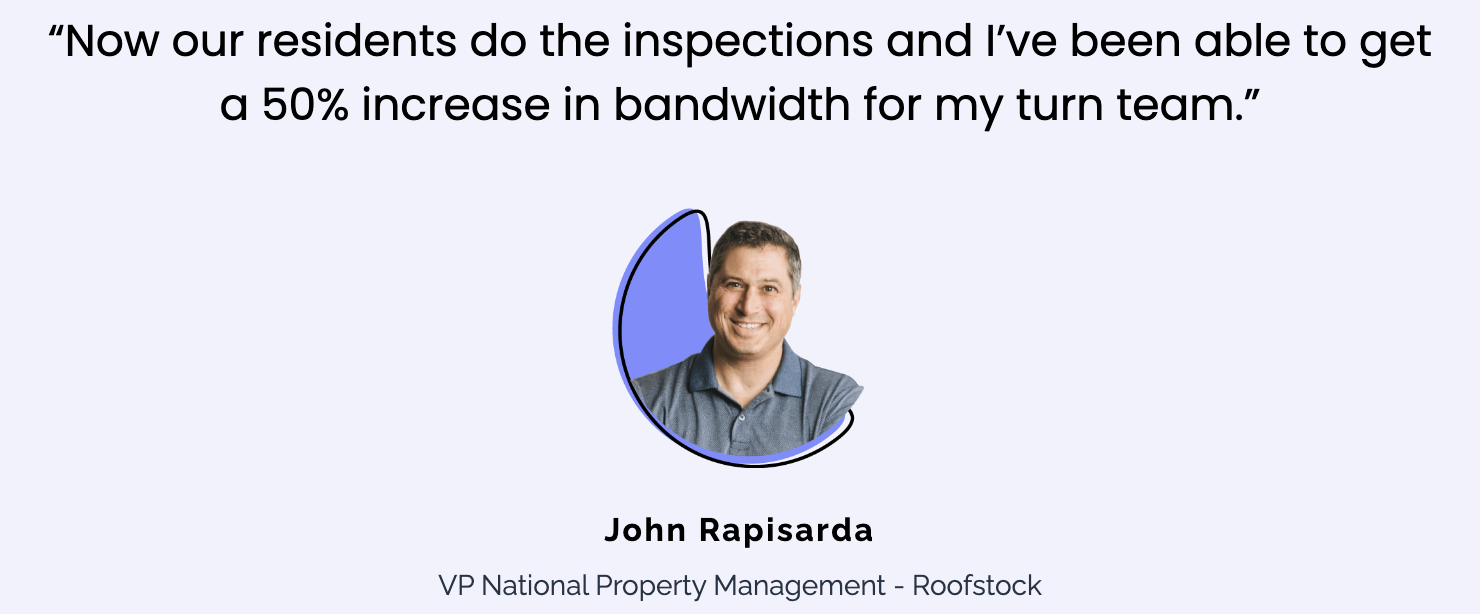Urban and Suburban Lines
As time passes, the square footage of single-family home and flat houses shrinks and expands to adapt to the market’s economic needs. Land values rise and fall according to regional growth and job migration. Through each of these modifications, town planners have delineated places within larger metropolitan areas as suburbs and cities. Now, there’s a new dynamic – the slowly disappearing line between suburban and city landlines.
In the late 1940s, William J. Levitt assembled the first proposed community outside NYC for both WWII veterans and their families. We’ve thought of suburbs as a region detached from the company district. In those early decades, even when many women stayed home and husband’s commuted to the city, there were only several companies outside of a grocerystore, pharmacy, and gas stations in those predominantly residential places. As soon as we hear the term”suburbia,” a photo of this white picket fence enclosing a single-family house with blossoms lining the road pops into our mind. This picture is no longer the standard.
Changing Landscape
A twenty-first-century fact: huge numbers of individuals operate in the home — roughly 43% of working adults operate remotely now — means that fewer people feel stress to reside near the workplace. That does not mean multifamily housing is losing market share. Countless US cities report over 50 percent of taxpayers rent. On the other hand, the surface of suburban dwelling is shifting; suburbia is not mainly supplied with cookie-cutter single-family houses. You’ll locate sprawling restaurants, hospitals, industrial renters, and detached single-family home and apartment houses all over precisely the exact same place.
Where are the new city lines?
Demarking where the town ends and the suburbs start is quite intricate today. Industry analysts indicate it is time to stop with geography as the foundation for defining markets and also adopt density to get a reliable home intelligence commuter area.
As opposed to continuing to utilize city limit boundaries to launch metropolitan statistical areas, it is time to see housing inventory with a new lens. By specifying regions according to density, the market analysts receive a clearer image of their genuine market share of multifamily homes versus isolated single-family dwellings. Urban and suburban areas often share several common features today, such as a developing multifamily housing existence in regions traditionally seen as suburban. City planners and developers armed with this “fresh” info can produce more realistic improvement and growth strategies.
Where are people moving?
Not every tenant is on the lookout for a nest at the middle of town, even though that will always be an appealing place for a few. Similarly, everybody who would like to escape town, is not searching for the white-picket-fence American fantasy of the 1950s. Some desire a home-based apartment in a neighborhood close enough to the city, with easy access to what they need from shopping and entertainment to healthcare and labour opportunities.
The lines are changing in the home marketplace. It is time for property professionals to adopt a new method of analyzing it. Arbitrary traces onto a brand new map are not providing the information we need in order to react to the shifting multifamily landscape.
















